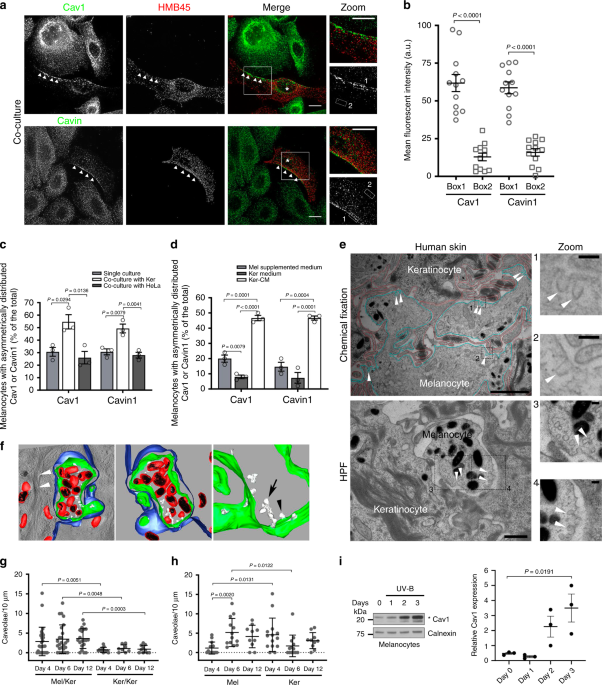
- Select a language for the TTS:
- UK English Female
- UK English Male
- US English Female
- US English Male
- Australian Female
- Australian Male
- Language selected: (auto detect) - EN
Play all audios:
A tool to help identify surgical patients at risk for respiratory complications has been created by US researchers. Study authors, from Thomas Jefferson University Hospital in Philadelphia,
developed the scoring system to identify risk factors for ventilator dependence after major operations. Co-author Dr Adam Johnson presented their findings on Sunday at the 2015 conference of
the American College of Surgeons National Surgical Quality Improvement Program. “The need for artificial mechanical ventilation after operations is infrequent, but when it happens it does
carry high costs,” he said. “Ventilator dependence is highly associated with mortality.” The researchers quoted previous estimates that around 1-3% of patients that have undergone
non-emergency surgical procedures require ventilation afterwards. > “Our goal was to quantify how each factor affects the risk of > ventilator dependence” > > Adam Johnson The
Jefferson researchers analysed data on 7,473 patients who had elective general or vascular operations at the hospital from 2006-13. The scoring system assigned points for different factors –
such as one point for being a current smoker, two points for being older than 60, and three points for oesophagus procedures. Total risk scores ranged from nought to seven for study
participants. The median risk score for patients who did not need the ventilator after operations was two, while that for patients who did need the ventilator was three, said the
researchers. Those with a score above three comprised the 20% of patients who experienced 70% of adverse events. Other risk factors for ventilator dependence were a diagnosis of severe
chronic obstructive pulmonary disease, signs of active infection or inflammatory response, and low albumin counts. “Our goal was to quantify how each factor affects the risk of ventilator
dependence,” Dr Johnson said. “Once we identify this smaller set of high risk patients, the goal then is to optimise them before and during their hospital stay.” The risk factors and scoring
system the study used were specific to Thomas Jefferson, which has many patients with advanced gastrointestinal cancers. However, other institutions may be able to use the framework to
identify ventilator dependence risks in their own populations, said Dr Johnson. “The methodology of how we developed and then implemented the risk score may be used at other hospitals when
looking at their own patients,” he said. Future steps involve using the risk score in the pre-admission testing of every patient undergoing elective general surgery or vascular operations,
said Dr Johnson. “With advances in health information technology and medical records, we’re looking at ways to automate this risk score and use it for every patient,” he added.





